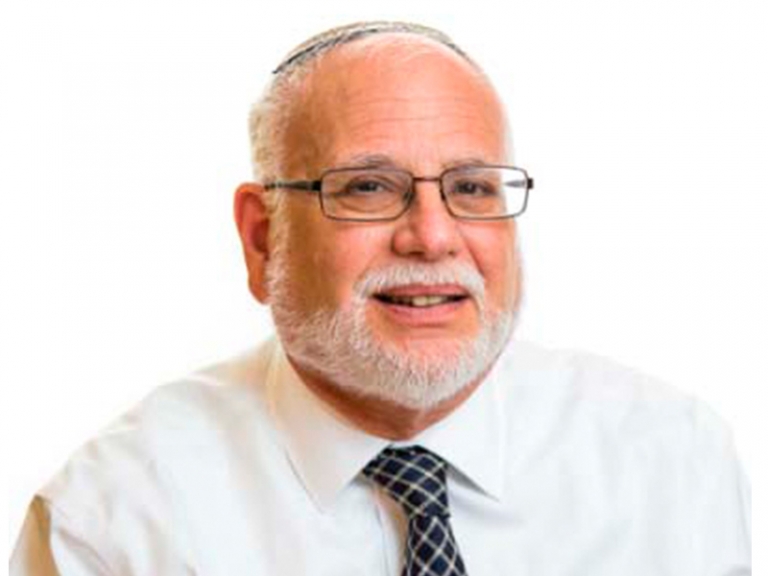D'var Torah by Dr. Kalman Stein, Interim Head of School

Dear Hebrew Academy Community:
We are about to begin celebrating seven days of Sukkot followed by Shemini Atzaret and Simchat Torah. Rav Soloveitchik offers a profound insight about an often-unnoticed aspect of the transition from those first seven days to the next two and its implications for a deeper understanding of the core principle of Judaism.
We have Hakafot in Shul each day of Sukkot and on Simchat Torah (and, in some communities, on Shemini Atzeret as well.) But the Hakafot are very different. During Sukkot we take a Sefer Torah, hold it in the center of Shul, and we circle around the Torah as we recite the Hoshanot. During the Hakafot of Simchat Torah we take the Sifrei Torah and dance in a circle with nothing, that is, with nothing we can see, in the center of our circle. Rav Soloveitchik explains that during Sukkot we march around the Torah to acknowledge its central importance in Jewish life. On Simchat Torah we withdraw the Sifrei Torah to the periphery of the circle and dance around “the omnipresent Somebody” who is at the center.
What does this change signify? The Rav explains that one of the most often heard criticisms of observant Judaism is “We are looking to experience God and you give us a Shulchan Arukh and tell us when to daven, what not to eat, and how to conduct our lives. Why should we bog down in minutiae when we are searching for the infinite?” This has long been the argument of groups that have broken away from Orthodox Judaism and is a common refrain from teenagers who are seeking to define their own religious identities.
The Rav’s—that is our Mesorah’s—response is that Judaism insists that God be experienced not through abstract spirituality but rather with a disciplined life which is hallowed through the purifying influence of Mitzvot. The Torah’s goal is to bring the Divine Presence down into the worldly arena of space and time, not to take us on a flight to a higher world. The Torah is this-worldly; it was not given to angels. Halakha guides us to approach God through the totality of human existence. “There is no royal road to God; it is a long winding road up steep hills. Instantaneous devoutness which envelopes the soul only is not the Torah way.”
So, during the first seven days we perform all the Mitzvot of Sukkot and march around the Torah to commit ourselves to the centrality of Torah and Halakha. And only then, on Shemini Atzeret and Simchat Torah, for which there are no specific Mitzvot—that is, no Sukkah, no Lulav and Etrog, no special Mitzvot for the day—does the Torah direct us to “the Awesome Presence in the center of the circle.”
I wish you all Chag Samai’ach and hope that each of us will take the opportunity to experience one of those moments when our tradition encourages us to bask in the presence of the Shechinah through song and dance and other appropriate forms of Simcha.
Dr. Kalman Stein
Interim Head of School

